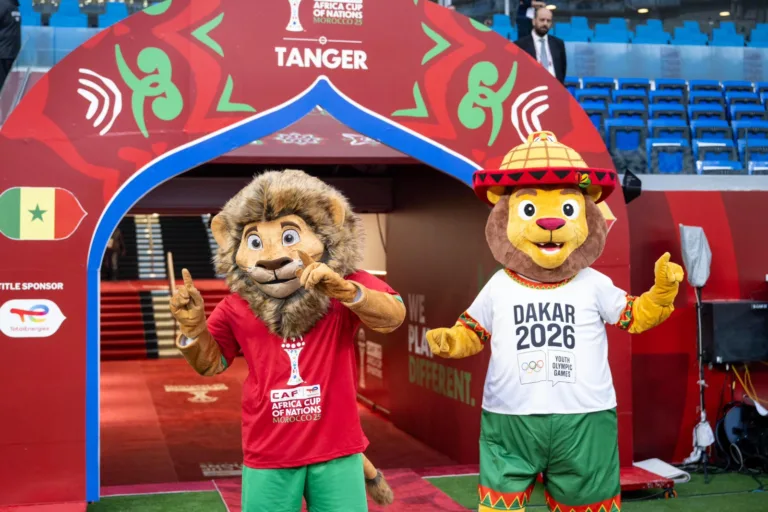Rabat – After the zellige controversy, Algeria is now shifting its focus to Morocco’s caftan heritage, with a controversial attempt to include Moroccan caftan in its application seeking to add the famous Moroccan traditional dresses into Algeria’s cultural heritage in a new cultural appropriation scandal.
Algeria announced its decision to add the allegedly Algeria-made “gandoura” (a traditional dress) and melhfa in UNESCO in April, with many Algerian media claiming that the move comes in response to the Algerian quest to “preserve its cultural heritage that is often coveted by other countries, particularly Morocco.”
The claims on the heels of Algeria’s submitting of a controversial file to UNESCO, including pictures of Moroccan caftans in its submitted dossier.
The photo shows Morocco’s ntaa caftan, one of Morocco’s traditional masterpieces in the country’s historic fashion.
The ntaa caftan takes its origin from the city of Fez, which is one of the few cities that is known for the production of such a type of emblematic and majestic traditional piece of clothing.
Known for its velvet embroidered with gold threads, the ntaa caftan has been one of the most used dresses during Moroccan celebrations, including weddings. It is commonly used by a bride during henna ceremony, which usually takes place on the eve of her wedding.
During the henna ceremony, the bride wears a beautiful green caftan ntaa, which matches with her fully handed henna design.
Meanwhile, Algeria’s defiance of historical records attesting to the Moroccanness of the caftan has once again provoked hundreds of Moroccans, many of whom are now signing a petition demanding the removal of the picture showcasing Morocco’s caftan ntaa from Algeria’s application.
Read also: Algeria Features Morocco’s Zellige in Exhibition Amid Adidas Controversy
Addressing UNESCO, the petition expressed Morocco’s “ deep concern regarding the misleading inclusion of an image of Caftan ntaa from Fz, representing Morocco, in the file submitted by Algeria to UNESCO.”
The petition stressed that the situation raises “serious” concerns about the preservation of the authenticity of cultural heritage, notably Algeria’s perceived keenness to lay claims to Moroccan culture and heritage.
“We ask UNESCO to examine this matter carefully and to take the necessary measures to rectify the submitted file by Algeria. It is essential that each nation be able to preserve and promote its own cultural heritage without confusion dn usurpation,” the petition added.
This latest controversial move from Algeria comes after Morocco announced in February that it was preparing to add the caftan to the list of the intangible cultural heritage of UNESCO.
Morocco made the announcement during a national consultation under the theme “art, tradition, and know-how of the caftan.”
“The Department of Culture is committed and is collaborating with all stakeholders, to preserve the caftan as a national and artistic heritage,” Secretary General of the Ministry of Culture Abdeilah Afifi said during the event. “Studies have been conducted around the caftan to highlight its cultural and social dimensions and its craft and artistic characteristics.”
Not the first in Algeria’s history
This is not the first time Algeria has used Morocco’s heritage in an appropriation attempt.
Last year, Algeria sparked another controversy for celebrating Zellige in an exhibition as its own cultural heritage.
“ [Zellige] is our heritage that we will not give up,” a video showed the governor of Oran Said Sayoud saying during the exhibition.
“It is our right to put it on our jerseys, our blankets, or the fronts of our buildings, and no one has the right to dispute it,” he said.
The remarks came amid a legal case from Morocco against Adidas.
Last year, the international sportswear brand sparked uproar after issuing a jersey for the Algerian national team, claiming that the collection was inspired by the “architectural design of the iconic El Mechouar palace in Tlemcen.”
This caused an immediate response from both ordinary Moroccans and Morocco’s government, which announced the official patenting of Zellige of Fez by the World Intellectual Property Organization.
“The Zellige industry dates back to the tenth century AD, when it flourished during the Marinid era [in the 13th to 15th century] in the honorable Kingdom before moving to neighboring tribes during the following centuries,” Morocco’s ministry said last year.
















